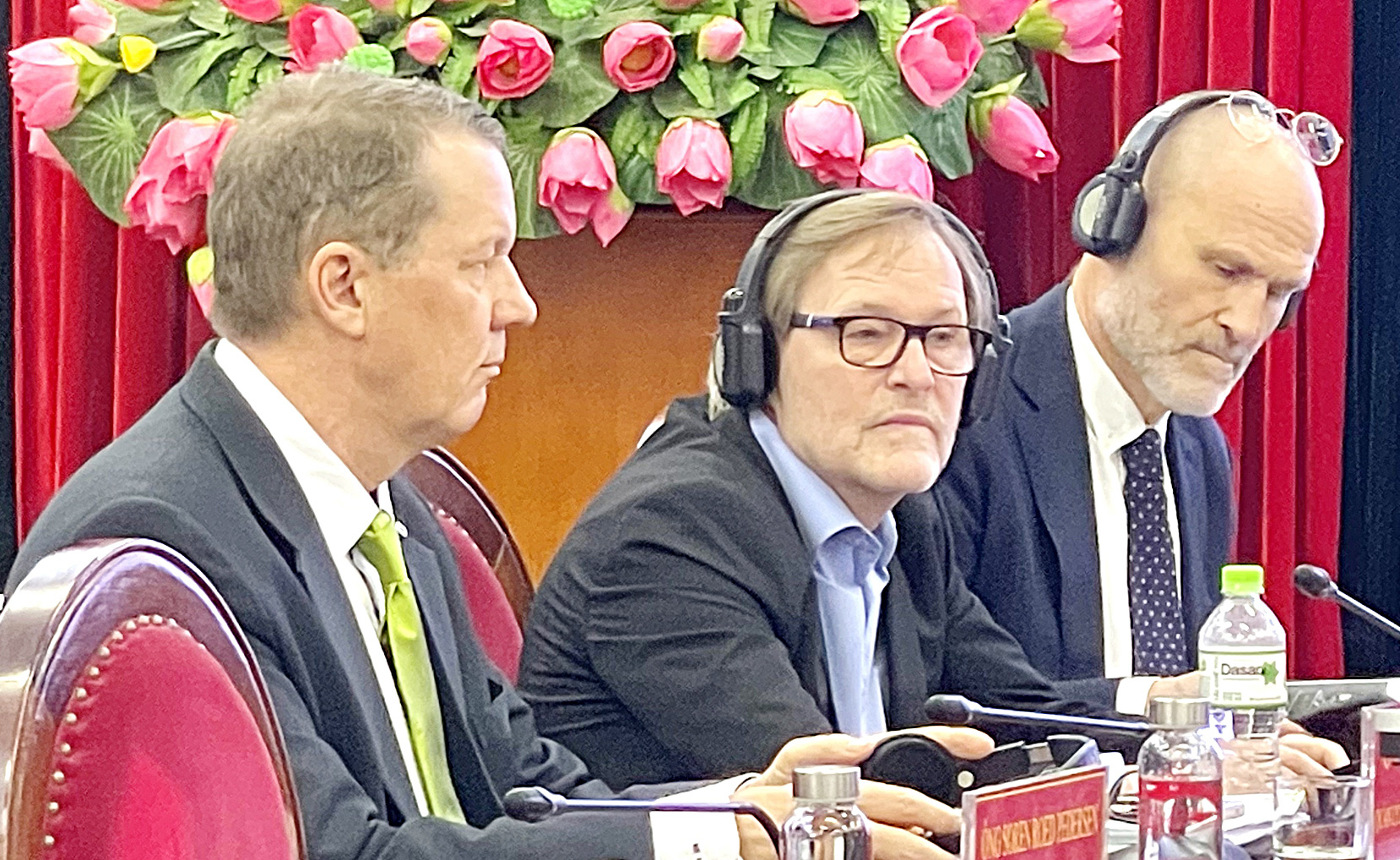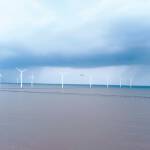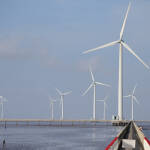
About 0.73 million metric tons of plastic waste was discharged into the ocean of Vietnam in 2022, the World Bank data showed.
The current problem that Vietnam needs to solve when it comes to developing the circular economy is how to turn that huge amount of plastic waste into economic resources.
The Embassies of Denmark, Finland, Norway, and Sweden, in collaboration with the Ho Chi Minh National Academy of Politics, organized the Nordic Day 2023 with the theme ‘Green Nordic Solutions for Circular Economy and Waste Management’ on Wednesday and Thursday.
This is the fifth time the event has been held since 2018.
During this year’s event, domestic and foreign experts shared their experience and proposed solutions to build a circular economy in Vietnam.
The idea of using plastic waste as an input material for cement plants was proposed by Dr. Kåre Helge Karstensen, a senior expert from Norway’s Foundation for Scientific and Industrial Research.
Cement kilns when using high temperatures can decompose plastic, so if coal is replaced with plastic, there will be no cost for input materials. This will help reduce waste discharged into the ocean.
The cement industry in Norway has replaced more than 75 percent of coal with different types of waste, Karstensen continued.
The ‘Ocean Plastic Turned into an Opportunity in Circular Economy’ project, funded by Norway, is studying waste treatment in five Asian countries including China, India, Myanmar, Thailand, and Vietnam.
These are the countries with the highest plastic consumption in the world, producing about 217,000 metric tons of plastic waste every day.
Vietnam is the world’s fourth-largest cement producer with up to 108 million tonnes of cement per year and about 86 cement kilns at 57 factories, so the country has great potential for applying this model.
Using plastic as input materials for cement production is being piloted in the Mekong Delta, where plastic waste of Lee & Man Paper Recycling Factory is transported to INSEE Cement’s Hon Chong plant.
Talking to Tuoi Tre (Youth) newspaper, Dr. Karstensen said that Vietnam needs to act quickly to achieve its goals, mobilize more resources, and use its resources more efficiently, as the population of 100 million people puts huge pressure on food, water, and energy security.
Jan Agri, an expert from Sweden, shared the possibility of recycling batteries and food into clean energy sources.
He also stressed that it is necessary to increase the environmental tax on fossil energy sources to promote the use of green energy.
Ann Måwe, Swedish Ambassador to Vietnam, stated that waste management is a field that Vietnam could benefit from.
She also praised the Southeast Asian country’s green transformation efforts over the past time.
Vietnam aims to reduce 75 percent of plastic waste in the sea by 2023.
At the COP26 Conference in the UK in 2021, Prime Minister Pham Minh Chinh announced the goal of net zero emissions by 2050.
Vietnam also joined the Just Energy Transition Partnership worth US$15.5 billion.
Khang Nguyen – Thanh Hien




